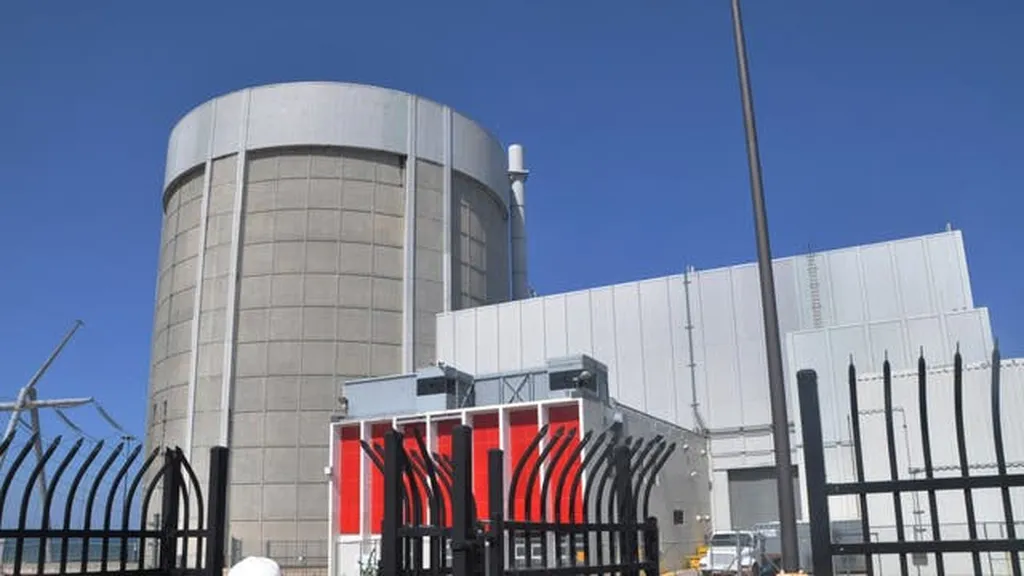Holtec International has announced that the Palisades Power Plant, a nuclear facility in Michigan that was closed in 2022, has officially returned to operations status. This makes Palisades the first U.S. nuclear power plant to be restarted after decommissioning. Holtec, which acquired the plant with the intention of decommissioning it, reversed course and decided to restart the facility. On August 25, the company stated that Palisades is now authorized to receive nuclear fuel in preparation for its restart.
The U.S. Nuclear Regulatory Commission (NRC) approved Holtec’s licensing package to reauthorize power operations last month. The 800-MW single pressurized water reactor plant, located in Covert Township on the shore of Lake Michigan, can be restarted once allowable conditions are met within the approved Technical Specifications, Holtec said. The company noted that the plant’s emergency plan is active, including training for an emergency response group that completed a FEMA/NRC-graded exercise with local and state partners last month.
The NRC will oversee the final phase of restart preparations, which includes inspections, testing, and maintenance. Palisades could be the first of several U.S. reactors to return to service after being shut down. The Federal Energy Regulatory Commission (FERC) approved a waiver request on Monday that will allow NextEra Energy to restart the Duane Arnold nuclear power plant in Iowa by 2030. Duane Arnold, a 615-MW facility near Cedar Rapids, was closed in 2020. NextEra had planned solar farms at the site, and FERC said the approved waiver will allow interconnection agreements for solar power to be consolidated with an interconnection agreement for the nuclear plant as part of the Midcontinent Independent System Operator’s generator replacement process.
Constellation Energy plans to restart the Unit 1 reactor at the Three Mile Island site in Pennsylvania as part of a renamed Crane Clean Energy Center. The reactor was shuttered in 2019. The Unit 2 reactor at the site, which is separate from Unit 1, had a partial meltdown in 1979. Unit 1 was shut down using a “safe store” method, which makes it more feasible to be restarted. Constellation, which said Unit 1 could be restarted in 2027 or 2028, wants to use the electricity produced at Three Mile Island to supply power for Microsoft data centers.
Though not a reactor restart—other than of construction—Santee Cooper earlier this year said it has received a “robust” response to its request to explore completing two partly-built reactors at the V.C. Summer Nuclear Station in South Carolina. The V.C. Summer project was abandoned in 2017, leading to a criminal investigation into how the project’s finances and construction were handled.
Holtec officials said “extensive” ongoing project work “will be completed” prior to a restart. The work includes a deep cleaning of the steam generator secondary systems. Recently completed work includes steam generator primary side repairs via tube sleeving and plugging. Holtec said reassembly of the main generator and turbine is underway, including “the reinstallation of our 183-ton generator rotor after extensive rotor and stator inspections.” The company also said it has installed a refurbished primary coolant pump motor, and done maintenance and test runs of the emergency diesel generator.
Restarting Palisades will be a prelude to the construction and commissioning of the company’s first 300-MW small modular reactors (SMRs) at the site. The company plans to have two SMRs in place by 2030. The SMRs are being built in partnership with Hyundai Engineering & Construction, the group that built the Barakah Nuclear Power Plant in the United Arab Emirates. Barakah, which received a POWER Top Plant award in 2021, has four reactors with combined generation capacity of more than 5.3 GW.
This development could signal a shift in the nuclear energy sector, with more plants potentially being restarted or completed rather than decommissioned. The restart of Palisades and other plants could provide a boost to the U.S. nuclear industry, which has faced challenges in recent years. The focus on SMRs also indicates a potential trend towards smaller, more flexible nuclear facilities. However, the success of these restarts and new projects will depend on various factors, including regulatory approvals, public acceptance, and economic viability.

